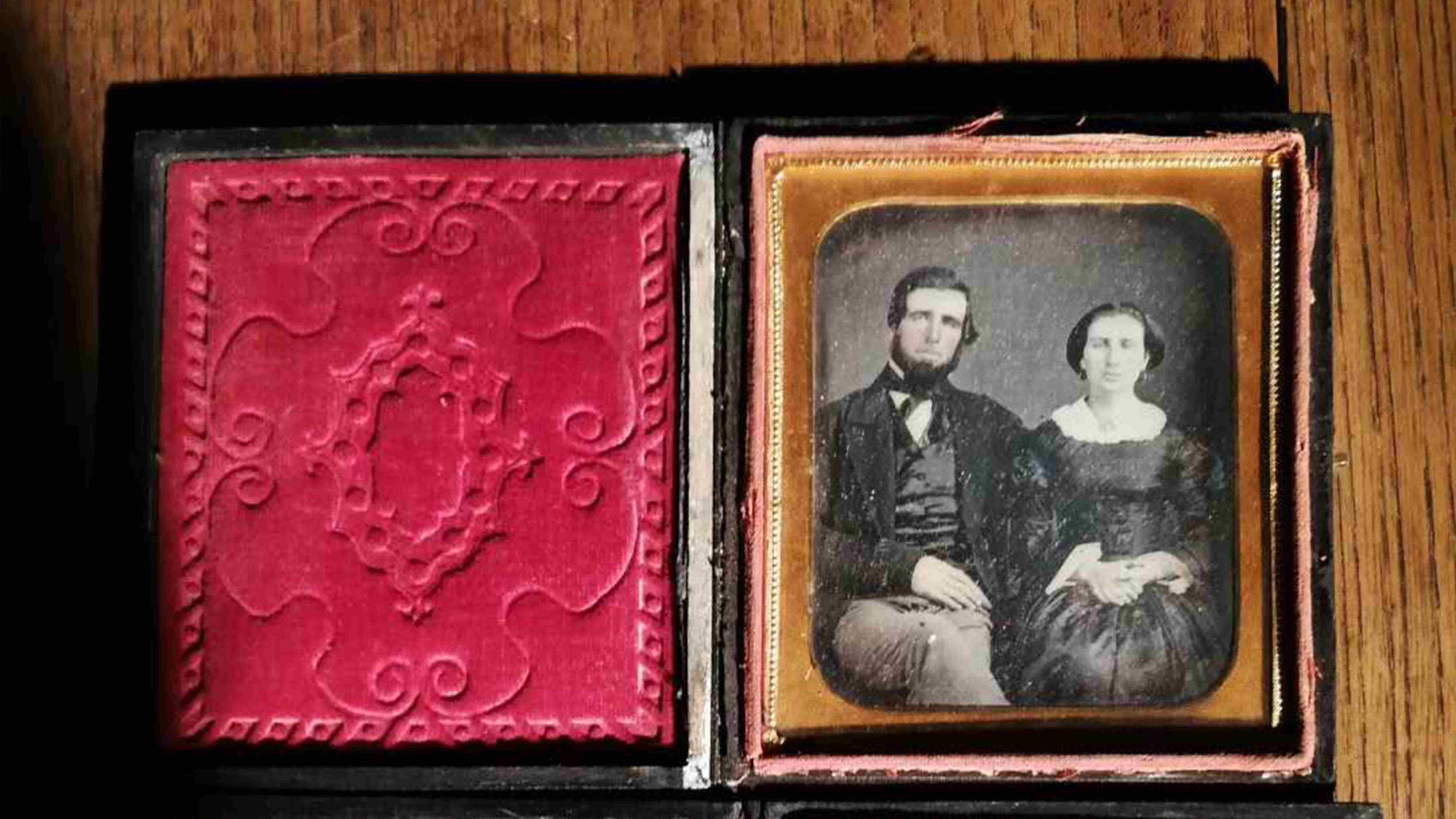
Culture
19:05, 28-Mar-2018
Wet plate photography gains new fans in China
By Ding Siyue

The wet plate collodion process, or simply the collodion process, was the main photographic technique in the 19th century, but over 100 years later, some photographers are still interested in the method.
Di Jinjun is the first practitioner to use the wet plate process in China, and has many awards both in China and abroad.
He started to study this method in 2008.

Old photos that were created using the wet plate process. /CGTN Photo
Old photos that were created using the wet plate process. /CGTN Photo
"Film and digital photography are all industrialized processes. You know what result you can get. But for the wet plate process, each step you take will have an impact on the image. So every image you get is different from others. This kind of uncertainty is what attracts me," says Di.
Unlike modern photography, there are many preparations that need to be done before the shutter clicks.
First, collodion is spread across a piece of glass. Next, the glass is soaked in silver nitrate before it’s ready for the camera.
The time of exposure lasts for six seconds.
The next step takes place in the dark room. The plate needs to be soaked in developing solution for several minutes until the silhouette appears.
It then goes in for a fixing bath where it miraculously changes from a negative image to a positive.

Art photography by Di Jinjun. /CGTN Photo
Art photography by Di Jinjun. /CGTN Photo
The entire process, from coating to developing, must be done before the plate dries. This gives the photographer no more than 15 minutes to complete everything.
The last step is polishing, where the photographer spreads a polishing agent on the film and puts it on a heating pad to accelerate the process.
The method is rather complicated especially for use in the field, as a portable darkroom is needed. But despite the disadvantages, it has been used by Di for many pieces including portraits, landscapes and art photography

Di Jinjun’s studio. /CGTN Photo
Di Jinjun’s studio. /CGTN Photo
Di has opened his own wet plate process workshop and is holding classes every month
"There are many people who don't know about the early techniques in photography. I want to do something about popularizing this method. So I'm holding some open classes and workshop activities to let more people learn more about other possibilities in photography," says Di.
Despite the time restrictions, space limitations and complicated techniques, the process is seen by art lovers as a touch nearer to the essence of photography.
Di is also working with universities to bring this technique to classes. He believes this can help students better understand the meaning of photography.

SITEMAP
Copyright © 2018 CGTN. Beijing ICP prepared NO.16065310-3
Copyright © 2018 CGTN. Beijing ICP prepared NO.16065310-3